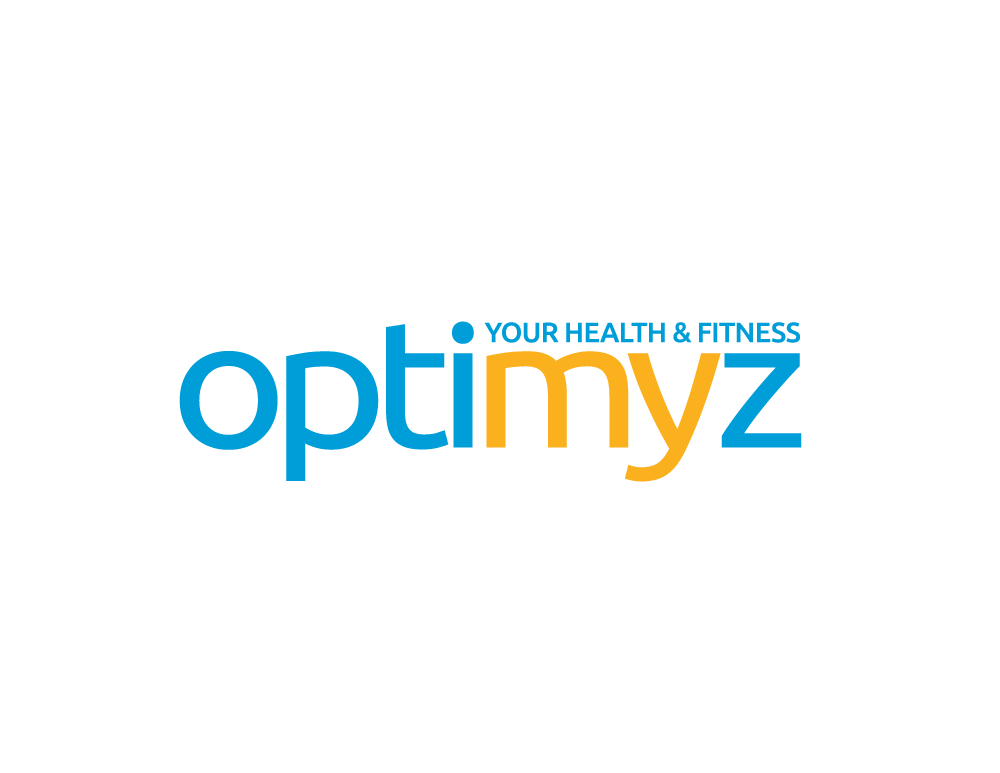Finding Your Wellness Motivation

Have you ever wondered how an elite athlete stays motivated? Imagine being an NHL hockey player or an Olympic figure skater, training and competing every day, working on your performance, despite having to navigate disappointing results, setbacks, injuries etc. On the surface, it’s a job. They clock in and clock out. But what drives them to do what they do for years on end? What is the spark that drives their motivation? How do they manage to not hit the snooze button and still get up and go to work?
Jean François Ménard is a mental-performance expert in Montreal who is one of the most sought-after specialists in this field in the country. He has coached many high achievers including gold medalist figure skaters Scott Moir and Tessa Virtue, mogul skiing Olympic champion Mikaël Kingsbury and many C-suite executives. Menard writes in his book, Train Your Brain Like An Olympian, thatif you had to choose where these high performers get their motivation from between intrinsic (internal) and extrinsic (external) forces, without a doubt, the answer would be intrinsic motivation. It’s not the medal or their salary that is the motivating factor, “it’s the journey, the improvements, and reaching the goals that they’ve set for themselves.”
However, Ménard suggests being motivated on its own is not enough – you also need to know the why. Knowing your why just might help you when you find your motivation is being interrupted by your snooze button.
Along with knowing your why, how you phrase it is key. For instance, is your why something you have to do or want to do?
Ménard says, “‘Have to’ implies an obligation to do something, like an external force pushing us to act. In contrast, ‘want to’ has a certain power to it. Saying ‘I want to’ comes from within; it’s in our control. It’s a decision that we consciously make, is much more constructive and becomes an affirmative statement.”
So, as you embark on your fitness goals, whatever they may be, knowing your why can be the motivating driver you need to stay focused.
Connie Beaulieu, canfitpro certified trainer and owner of S.W.E.A.T. Inc. in Ottawa, Ontario, couldn’t agree more.
“Knowing why you want to achieve your goal, what you value, and most importantly, doing it for YOU, and then creating the daily habits that align with your values is what I try to teach my clients. These habits must be sustainable long-term and should easily be incorporated into your lifestyle. Often, we focus on wanting to eat differently or exercise to lose weight because we have a trip coming up. That can lead to the ‘all or nothing’ mentality, thinking that your actions will be short-term. Once that trip goes by, we lose the motivation to keep going. The reason must be more meaningful. How will these changes affect your life long-term, and how can you enjoy the process? That’s what’s going to make the difference.”
It’s about creating a lifestyle.
One of the biggest benefits of mixing up your training regime is developing and working various muscle groups and energy systems. Of course, cross-training helps impact your motivation. “When you do only one thing,” says Beaulieu, “we can sometimes miss the benefits of a more comprehensive training program. Doing the same thing all the time may feel boring, so mixing up your training routine can also allow you to discover something new that you enjoy doing for the long term, which helps you to create a lifestyle so that you can be healthy and active for your entire life.”
Listen to your body and know when to take a break.
If there is one thing Beaulieu instills in her clients and wishes everyone would embrace, is you don’t have to work out seven days a week. “Listening to your body and incorporating rest is an overlooked component in fitness. Having the ‘grind’ or the ‘harder is better’ mentality can cause burnout, injury, and an unsustainable fitness lifestyle.”
Put the fun back into fitness.
“Find something that you enjoy doing! Find a community and a coach that will keep the social benefits in your workout, which also increases the ‘fun factor’. The best exercise routine is the one you look forward to doing and enjoy.”
Do I need a trainer?
If this is something you’re considering, Beaulieu has a few suggestions:
- Be sure to find a trainer that is a good match for you.
- Interview them.
- Do they understand you? Are they professional?
- What do their workouts look like? See if you can observe some of their sessions.
- What are their philosophies?
- Have they achieved success in the area you are focusing on?
- Don’t be afraid to walk away from a trainer if you find the fit isn’t right. Be upfront with your trainer and tell them why you’re ending the relationship.
Last Word: “Trainers are there to inspire you and provide direction, but there must be clear communication on both sides to achieve long-term success.”

